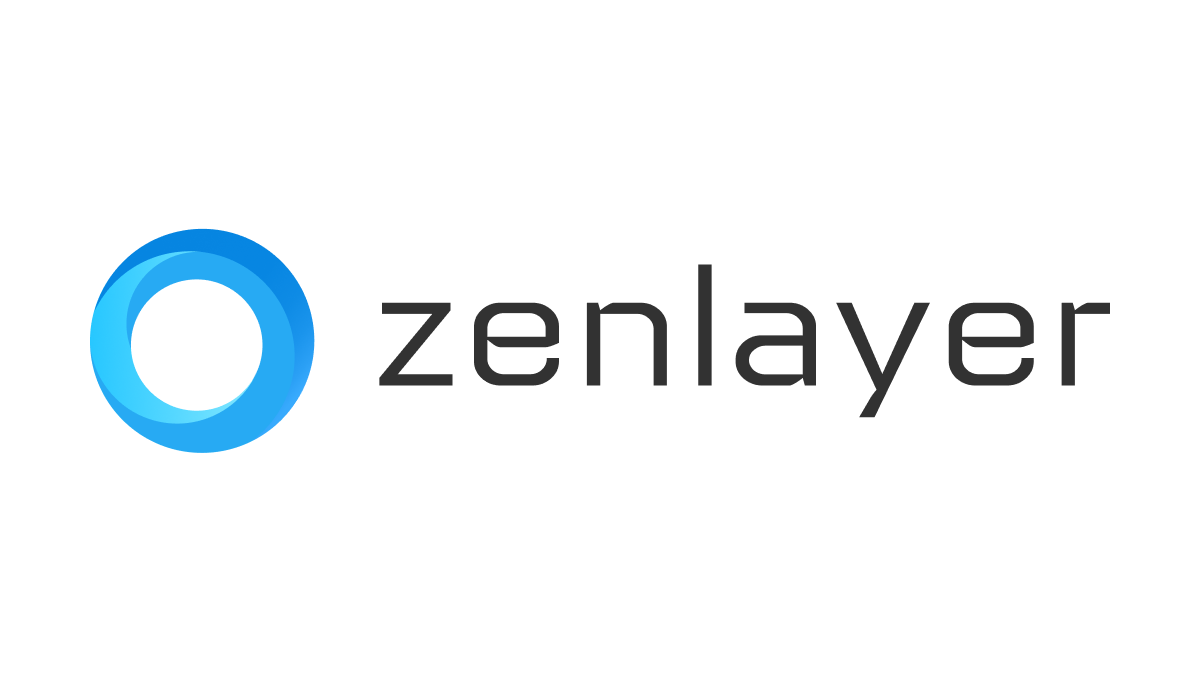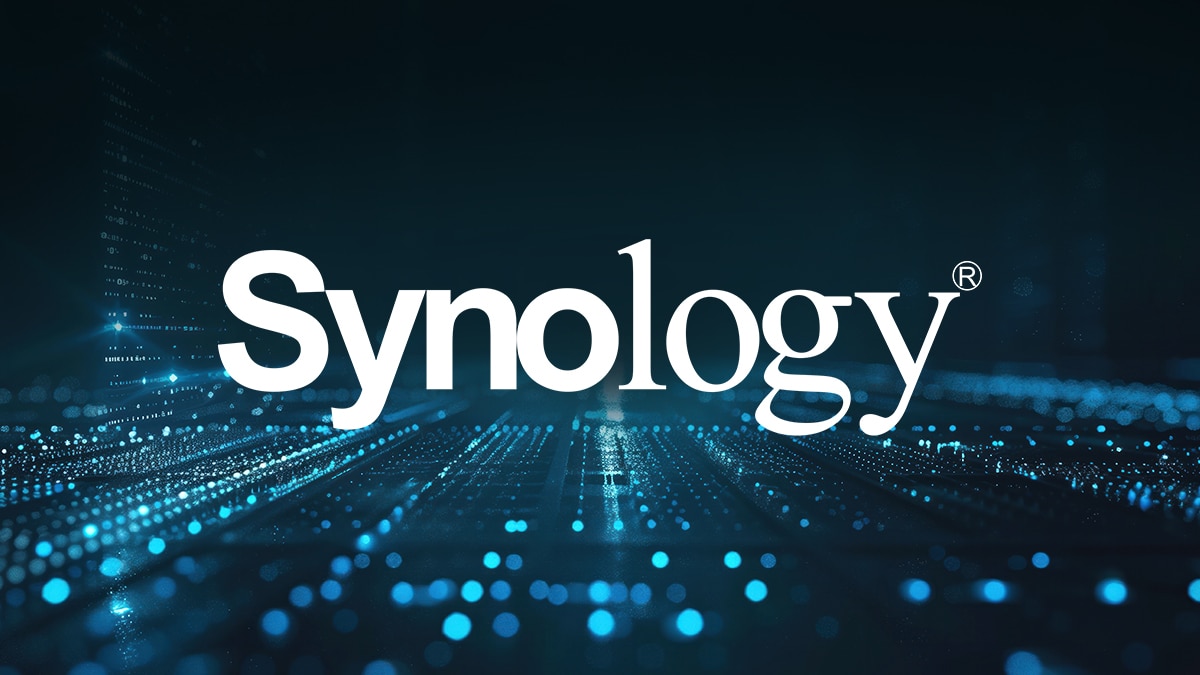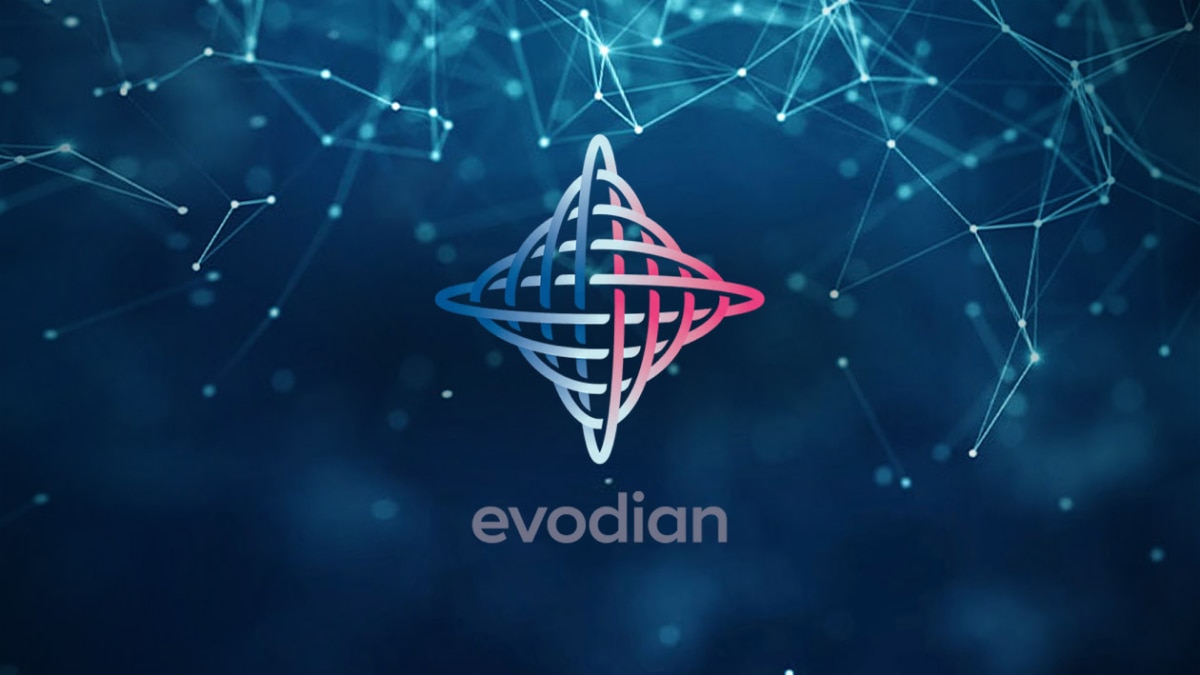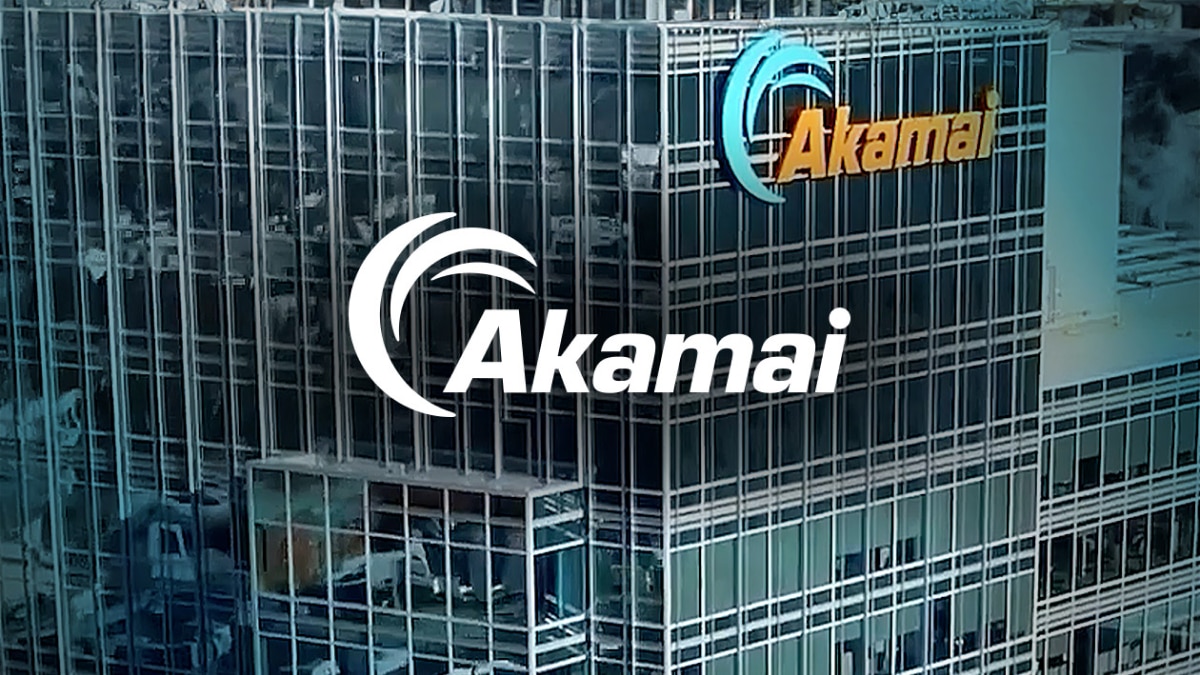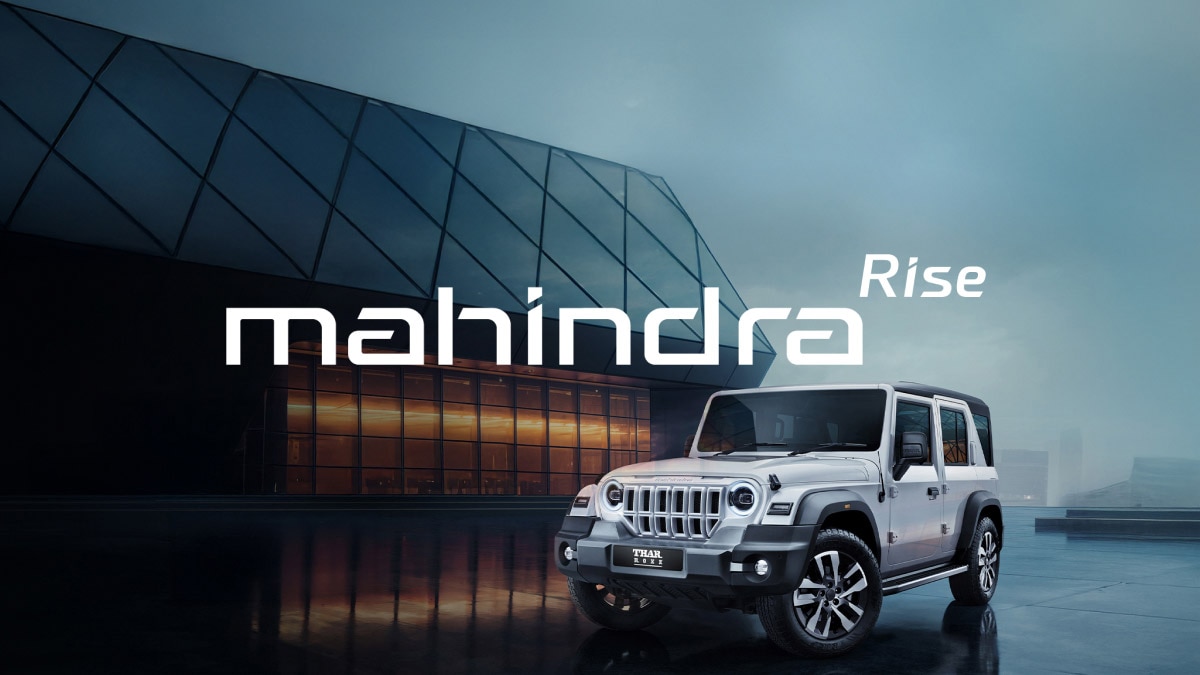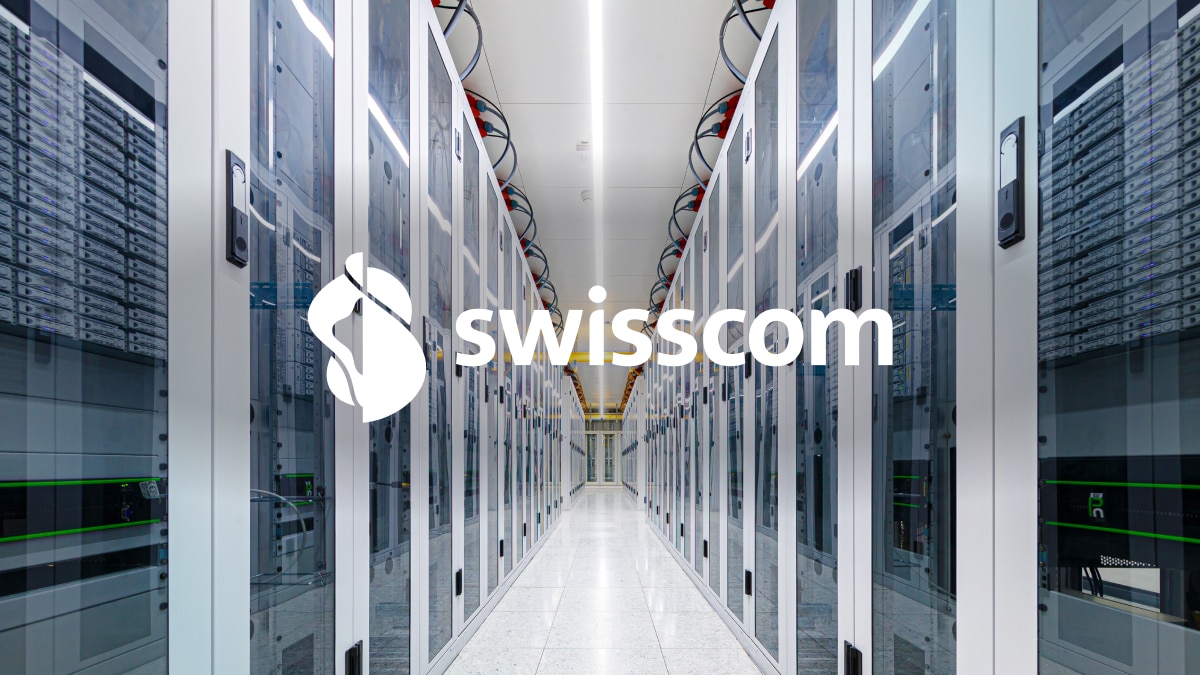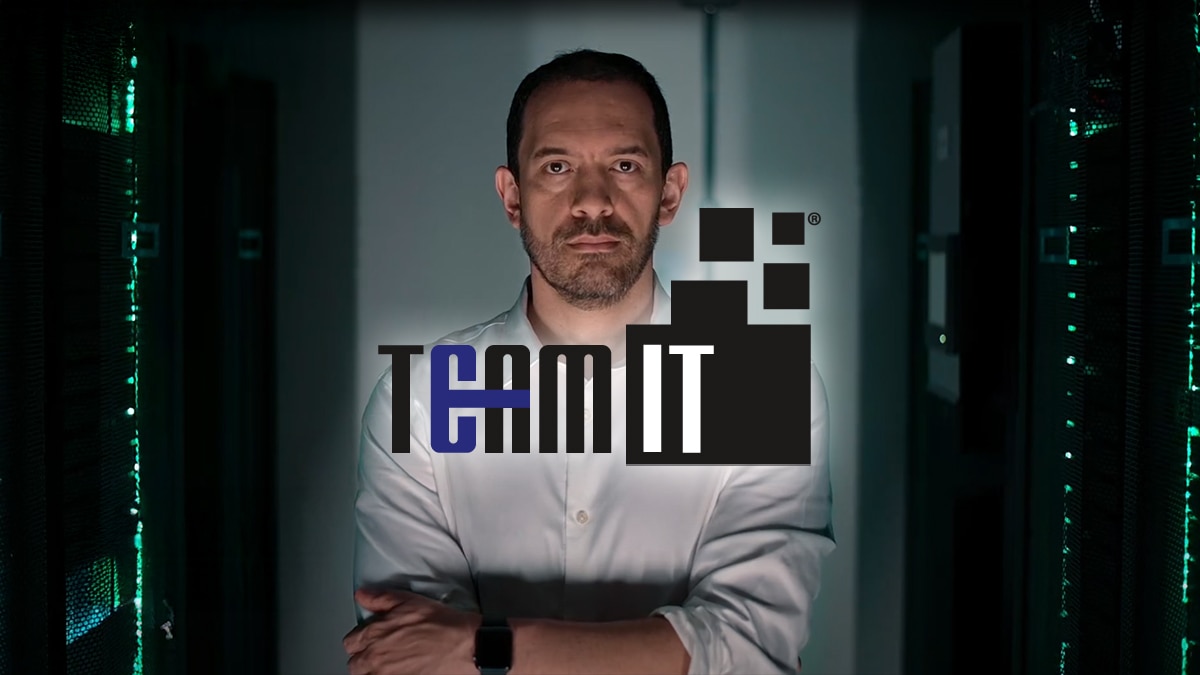Zenlayer powers hyperconnected, low-latency global cloud with AMD EPYC™ processors
Zenlayer deployed AMD EPYC processor-based systems in 95% of its ZEC service for 40% co-location space and power savings, achieving 25ms low latency worldwide
Delivering hyperconnected cloud services worldwide with the lowest possible latency requires fast, flexible servers. Global provider Zenlayer found that AMD EPYC™ processors deliver the performance and adaptability the company needs to offer its Zenlayer Elastic Compute (ZEC) service at international scale.
“We have a large footprint,” says Wade Chen, VP of Technology Alliances, Zenlayer. “We have 300 edge nodes at data center locations. The majority of this is in more emerging markets. The U.S. and Western Europe account for about 20 percent of our points of presence (POPs). The other 80 percent are all over the world — Asia Pacific, Eastern Europe, South Africa, South America, and India. We're in 50 countries and we have a 180-terabit-per-second network. That includes our IP transit, backbone, and local capabilities.”
“We can reach about 85 percent of the world's population in 25 milliseconds or less,” adds Chen. “Being able to reduce latency and provide content very quickly is what our clients come to us for. They leverage us for enabling different deployment models. Historically, they used us to build out their custom co-location requirements. Then we started our own bare metal service. After that, we introduced ZEC, which is our VM stack.”

Consistent local server provision
Zenlayer’s edge nodes are key to its offering. These are how it delivers lightning-quick response times to its customers. “The speed of light halfway across the globe is about 180 milliseconds,” explains Chen. “If you want to be under 25 milliseconds, you must be local. We can optimize our network to deliver that for the clients.”
This requires consistent server provisioning in every region, which is where AMD EPYC CPUs have proven so effective. “When you run across 300 different locations, it becomes a logistical nightmare,” says Chen. “Each POP is in a new country, a new city, and has different carriers and data center power capabilities. We take care of all those logistical headaches. We work with a lot of Fortune 100 and 500 clients that have used us to build out their global network.”
AMD EPYC processors have smoothed how Zenlayer can cover all these locations. “Zenlayer Bare Metal was originally built on another platform,” says Chen. “That made sense at the time, and we still support other CPU architectures based on customer needs. For the evolution of ZEC, we chose AMD after evaluating all available options, as it gave us the best balance of value and performance for our virtualized workloads.”

Reduced cabinet space with AMD EPYC CPUs
“We've known about AMD for a very long time, and we learned more about 2nd Gen AMD EPYC CPUs in particular from technical discussions in online communities,” says Arthur Huang, Product Operations Manager, Zenlayer. “We were trying to hit lots of different locations spread across the globe, but at the same time, we still also need to give the customer exactly what they need. We don't have time to deploy for every single order, so core density and power consumption became very important.”
“The high core count of AMD EPYC CPUs helps a lot with virtualization,” adds Huang. “It solved our biggest problem, which was that we needed to efficiently condense our POPs. We saw a 40 percent reduction in co-location cabinet space and a 40 percent drop in power consumption for the same workloads by switching to AMD EPYC CPUs. Those are huge gains, which really sealed the deal for us internally.”
“We wanted to take ZEC further towards customer use cases, such as gaming, real-time communications (RTC), and social media content,” says Huang. “Gaming services are typically one of our core customer types.” This includes PUBG Mobile, a game with 300 million monthly active players. “These workloads depend a lot on CPU frequencies, and a very close second is maximum core count. Third, after that, is sufficient single core performance in turbo mode. Then the last key requirement is power consumption.”
“Migration from our previous platform posed no challenges,” says Huang. “We just needed a few tweaks to ensure optimization. Our experience with VM systems prior to ZEC afforded us the knowledge of what workloads our customers were running on this, so we had a VM-to-VM comparison.” This enabled Zenlayer to compare how many VMs could fit in a server and how much power would be required. “AMD was the clear winner.”

Empowering Zenlayer Elastic Compute
Increased density also meant indirect reductions in other areas, including fewer server orders, fewer site visits for installation staff, and less complexity, with fewer individual systems to manage. “We were also able to focus on a smaller subset of approved standard host specs,” adds Huang. “With our previous CPU vendor, we had upwards of six different host configurations for differing customer use cases. With AMD we were able to drop this to three. AMD’s EPYC product range is easier to understand and more applicable to a wider set of workloads. The same host can be applied to a wider range of virtualization use cases. AMD really helps us narrow that scope, reduce the extra overhead that may or may not ever get used because you've got a lot more cores, which is great for when you have multi-tenancy.”
Zenlayer predominantly uses dual-socket servers powered by 2nd, 3rd and 4th Gen AMD EPYC CPUs for its ZEC service. “Those are deployed in nine different locations today,” says Chen. “We're adding another five by the end of the year. AMD EPYC CPUs are now used in 95 percent of our ZEC host systems. As we continue to grow, we'll consume more AMD EPYC CPUs.”
“We're in the hundreds of servers for ZEC now,” concludes Huang. “We’re very happy with our current CPUs from AMD. AMD has really helped with the cost of entry into new markets. Providing the same service today in a new location means a 40 percent lower cost by deploying AMD EPYC CPUs. This has significantly increased our gross margin in a highly competitive market. Migrating core CPU workloads to AMD as soon as possible allows you to realize benefits faster.”

About the Customer
Zenlayer, founded in 2014, is a global edge cloud provider with dual HQs in Los Angeles and Shanghai. It offers on-demand compute (Bare Metal, VMs, Edge GPU), networking (Private Connect, Cloud Router, Cloud Connect, CDN, IP Transit), and application acceleration (Global Accelerator). With 300+ edge nodes in 50+ countries, especially emerging markets, Zenlayer delivers ultra-low latency (sub-25ms to 85 percent of global internet users). It serves diverse industries like gaming, SaaS, and AI, enabling global connectivity and improved user experiences. For more information visit zenlayer.com.
Case Study Profile
- Industry:
Edge cloud services - Challenges:
Enable 25ms delivery for its Zenlayer Elastic Compute (ZEC) service across its entire global network of over 300 edge nodes - Solution:
Deploy 2nd, 3rd and 4th Gen AMD EPYC™ CPUs for ZEC across nine locations, with five more due by the end of 2025 - Results:
40% cut in cabinet space and power, simplified logistics, reduced host configurations, and significantly lowered costs for new market entry, boosting gross margins. 95% ZEC hosts use AMD - AMD Technology at a Glance:
2nd, 3rd, and 4th Gen AMD EPYC CPUs


